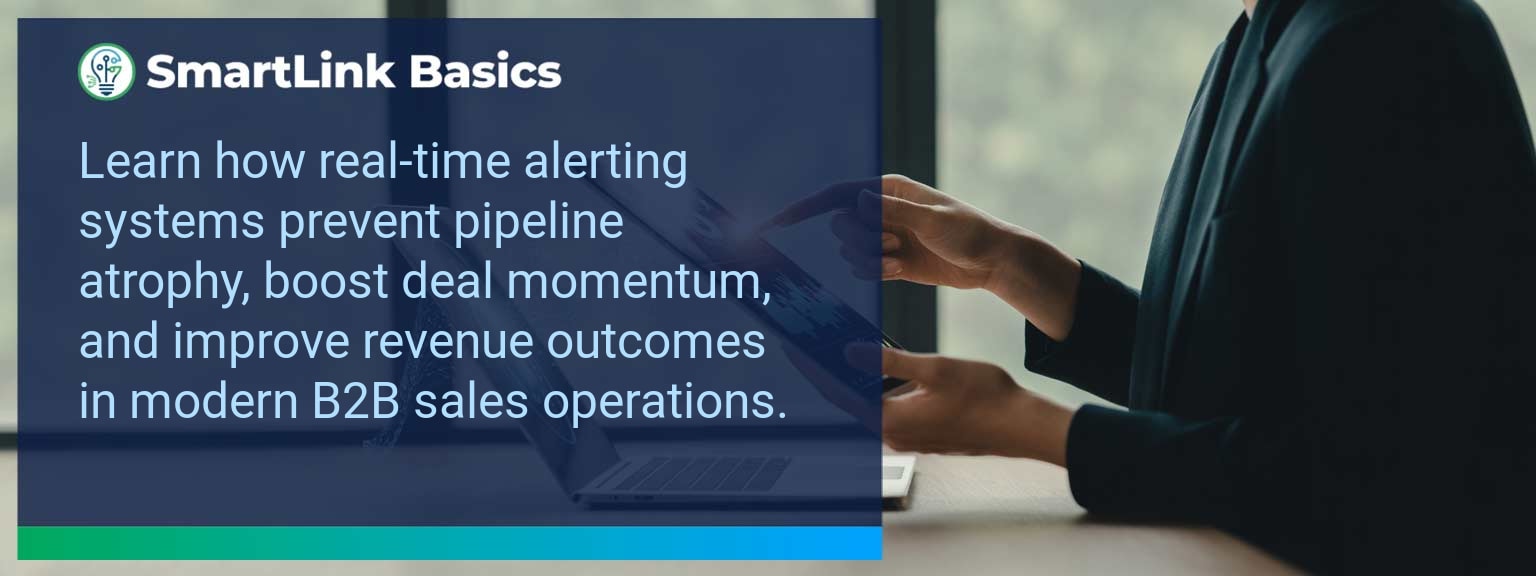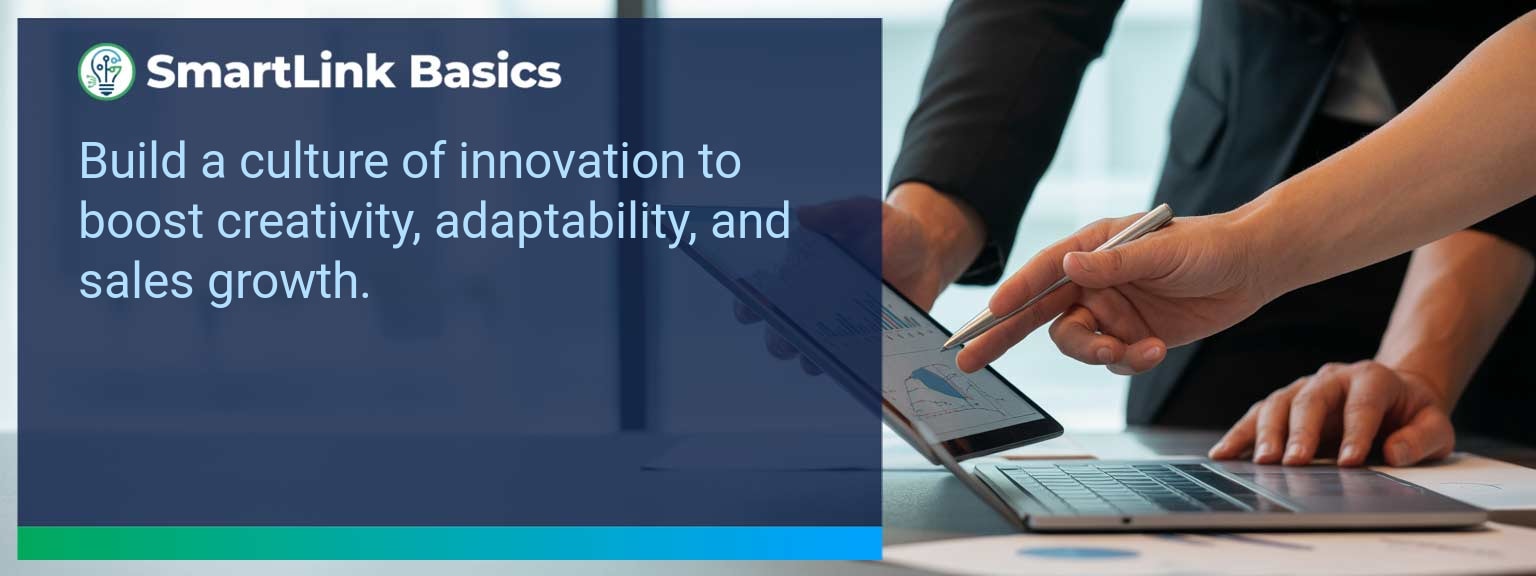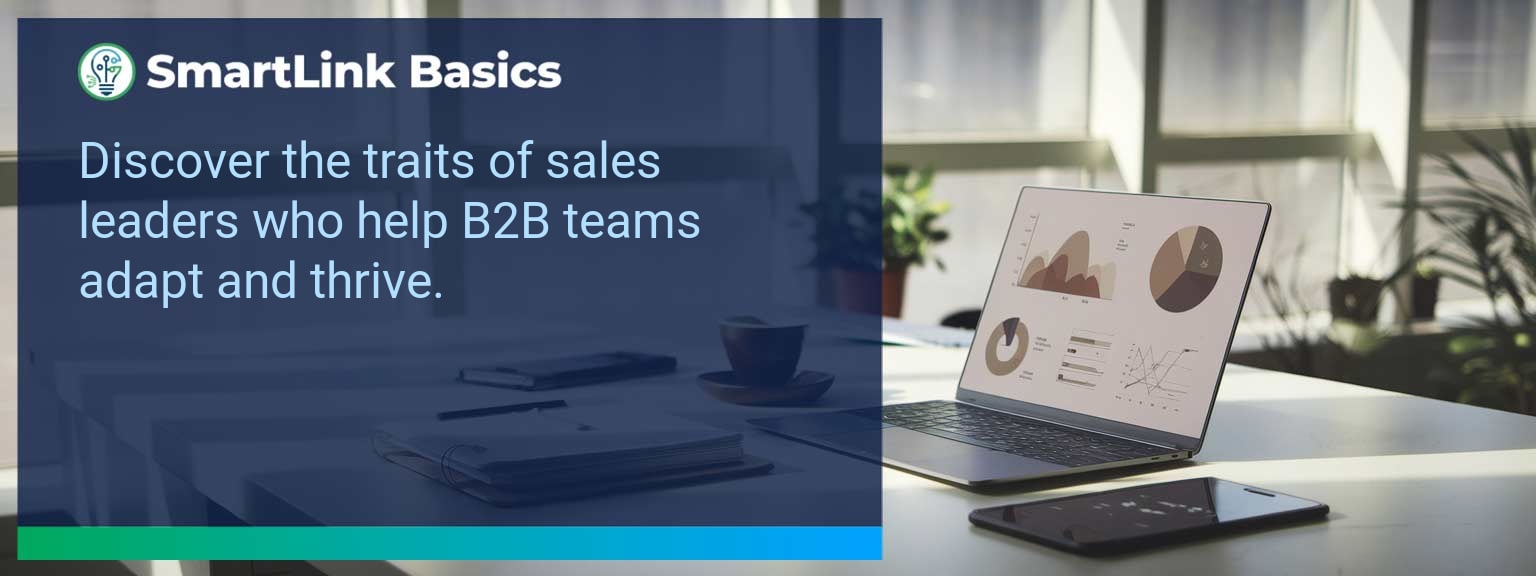Industry data shows that organizations adopting AI-driven automation achieve cost reductions of up to 30% while accelerating sales cycles by 20% or more (McKinsey, 2024). For sales leaders, AI automated workflows now define competitive advantage, enabling teams to reallocate time from repetitive tasks to high-value engagements. At SmartLink Basics, we help decision-makers implement these systems strategically, ensuring they integrate with existing revenue operations. In this article, you’ll see how AI automated workflows power business outcomes, the common obstacles that slow adoption, and practical steps to optimize processes. You’ll walk away with proven examples, a 90-day action blueprint, and measurable KPIs to track results.
- Automate repetitive administrative and CRM updates with AI.
- Integrate machine learning to personalize outreach at scale.
- Streamline approvals, quotes, and contract workflows for speed.
- Use predictive analytics to prioritize sales opportunities.
- Track adoption and performance with targeted metrics.
AI Automated Workflows: What Changed and Why It Matters
AI adoption has shifted from experimental to operational, making automated workflows a standard in high-performing sales organizations. The real advantage lies in combining workflow automation with artificial intelligence workflows to optimize every step of the revenue process. Sales leaders now use AI to synchronize touchpoints, reduce manual inputs, and ensure faster execution. For example, a B2B SaaS leader introduced automated lead enrichment and routing, cutting qualification time by 60%. Actionable insight: Audit processes for time-intensive handoffs and apply AI where repeatability is high.Redesign the Revenue Operating System With AI Automated Workflows
ICP, Segmentation, and Targeting AI-enabled segmentation uses historical wins, firmographic, and behavioral data to dynamically update ICP profiles. This ensures targeting precision without quarterly re-work. Pipeline Architecture Automated workflows push opportunities through the right stages based on engagement signals. AI flags at-risk deals for intervention. Plays and Messaging Integrated automation tools deliver personalized sequences based on buyer activity, increasing relevance at every touchpoint. Operating Cadence AI schedules follow-ups, forecast calls, and account reviews based on actual pipeline movement rather than static calendars. Actionable insight: Implement automation that adapts in real-time to both internal and buyer-driven events.Common Obstacles To Achieving Seamless Automation
The most frequent challenges are fragmented systems, inconsistent data quality, and cultural resistance. Without a unified data layer, automation amplifies errors rather than solving them. Coca-Cola Europacific Partners reported needing a full data governance upgrade before AI could improve sales workflows. Leaders must first assess infrastructure readiness and train teams to trust AI-influenced recommendations. Actionable insight: Before deployment, establish clean data practices and a single source of truth.Implementing AI To Optimize Workflows
Effective deployment of AI process optimization starts with mapping current-state processes, identifying friction points, and matching them with automation tools. For example, automating proposal generation based on CRM opportunity data can reduce turnaround from three days to one hour. Solutions combining business process automation platforms with machine learning integration enable continuous performance improvement. Actionable insight: Pilot in one high-impact stage, measure, and then expand.Tangible Benefits From Automated Processes
The benefits extend beyond time savings — sales leaders gain a scalable system. Tangible outcomes include faster quote-to-close, higher lead conversion, and better forecast accuracy. A manufacturing firm implemented AI-assisted order processing and cut errors by 40%, improving on-time delivery rates. Actionable insight: Track both speed and accuracy to measure workflow automation effectiveness.Metrics That Matter
| Category | Metric | Definition | Target |
|---|---|---|---|
| Leading | Workflow Completion Rate | % of automated sequences executed without manual intervention | 95%+ |
| Leading | AI Suggestion Adoption Rate | % of AI-generated action recommendations executed by reps | 80%+ |
| Lagging | Cycle Time Reduction | Decrease in time from lead entry to closed-won | 20%+ |
| Lagging | Revenue Per Rep | Average sales revenue generated per sales rep per quarter | +15% YoY |
| Quality | Automation Error Rate | % of workflows that trigger incorrect outcomes | <1% |
| Quality | Customer Satisfaction Post-Automation | Average CSAT score after automation implementation | ≥ 4.5/5 |
Innovations And Next Steps For AI Automation
Emerging capabilities like AI-generated playbooks, intent-driven dynamic routing, and integrated AR for virtual product demos are shaping the next wave of sales automation. Companies integrating these tools early will outpace competitors in speed and personalization. Actionable insight: Stay ahead by testing emerging automation features quarterly and aligning them with evolving buyer expectations.Get the 90-day plan, coaching rubric, and dashboard template to operationalize AI in your enablement program.
Turning AI Automation Into a Revenue Multiplier
AI automated workflows are now a strategic lever for predictable, scalable growth. This guide outlined current applications, adoption challenges, a 90-day execution plan, and measurable success criteria. To make automation pay off, sales leaders should integrate tools into one cohesive operating system and review results monthly for continuous improvement. Access more AI-driven sales enablement resources from SmartLink Basics to design a high-performance automation strategy. Sales teams rarely outperform the quality of their leadership. A high-performing sales leader is not just a manager of numbers but a builder of people, systems, and momentum. At SmartLink Basics, we have seen that organizations with disciplined, visionary leadership in sales consistently outperform their peers in revenue growth, customer acquisition, and retention. Effective sales leadership aligns strategy, culture, and execution to deliver measurable outcomes. This article examines specific methods sales leaders can apply to refine team performance, clarify priorities, and accelerate results. You will gain a framework for diagnosing performance gaps, implementing targeted strategies, and tracking the right metrics to ensure continuous improvement.- Clarify business goals and align sales strategy to them
- Diagnose performance gaps at both team and individual levels
- Redesign sales processes for efficiency and predictability
- Implement targeted coaching and skill development
- Track leading, lagging, and quality metrics to sustain results
Overcoming Obstacles In Team Performance
Sales leaders face common barriers—misaligned goals, inconsistent performance standards, and weak pipeline discipline. Addressing these requires an intentional combination of sales management rigor and an adaptable sales strategy. Performance gaps often stem from unclear role expectations or lack of structured coaching. Building a strong leadership in sales culture requires integrating performance reviews with developmental guidance rather than relying solely on activity tracking. For example, a B2B tech firm increased quarterly revenue by 18% after its leadership implemented weekly one-on-one coaching, focused on opportunity qualification and closing skills. Actionable insight: Fix performance barriers with structured coaching, measurable performance plans, and clear linkages between individual output and organizational goals.Implementing Strategies That Drive Results
Effective sales leadership turns strategy into repeatable execution. Leaders must define the operating model, deploy the right sales training, and maintain a cadence that enforces accountability. Examples include refining ICP (Ideal Customer Profile) targeting to focus resources, restructuring territories for balance, and implementing pipeline stages that align with buying behavior. Sales team development is magnified when messaging resonates directly with customer priorities. Actionable insight: Document sales plays, ensure messaging alignment, and reinforce with consistent performance coaching to turn strategy into predictable business outcomes.Measuring Improvements In Sales Outcomes
Tracking the right metrics allows leaders to identify whether interventions are working. Strong sales leadership balances leading indicators, lagging results, and quality measures. Leading indicators like qualified meetings, proposal volume, or activity-to-opportunity ratio predict pipeline health. Lagging measures—revenue closed or renewal rate—reflect results. Quality metrics ensure deals are profitable and customer satisfaction remains high. Example: A media company shifted focus from monthly revenue alone to include opportunity conversion rate, improving win rates by 12% in two quarters. Actionable insight: Build a dashboard that blends leading, lagging, and quality metrics for decision-making.| Category | Metric | Definition | Target |
|---|---|---|---|
| Leading | Qualified Meetings | Number of meetings with ICP accounts | +15% vs. previous quarter |
| Lagging | Closed Revenue | Total recognized revenue from closed deals | $3M per quarter |
| Quality | Average Deal Margin | Profitability per deal after cost of sales | >25% |
Evolving Leadership For Tomorrow’s Challenges
Markets and buyers change faster than many sales organizations adapt. Forward-looking sales leadership anticipates these shifts and ensures the team has both skill and process agility. This includes embedding continuous learning, implementing emerging sales technologies thoughtfully, and encouraging adaptability in how teams engage customers. Example: A logistics provider improved renewal rates by 10% through scenario training that prepared teams for supply chain disruptions. Actionable insight: Build resilience into team structures and mindset to remain competitive during market volatility.Get the 90-day plan, coaching rubric, and dashboard template to operationalize AI in your enablement program.









